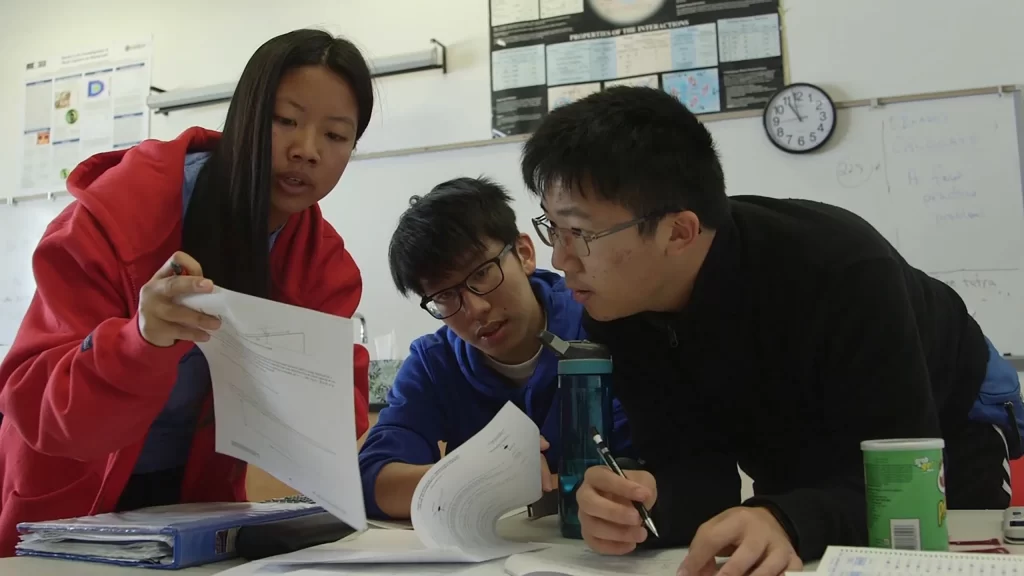The US Supreme Court Decision: Why it’s Right

by Gary Fouse
This week, the US Supreme Court, in a 6-3 decision along conservative-liberal lines, ruled that race-based college admissions are unconstitutional. The lawsuit was brought specifically against Harvard and the University of North Carolina, both of which had been using race as a factor to determine admissions.
Amid the outcry from the left, one fact is being largely overlooked. This lawsuit was not just about ending discrimination against white prospective students in favor of black and Hispanic ones, it was largely protecting the rights of Asian-American students, who were also being discriminated against.
It is hardly a secret that our Asian-American students generally excel academically, so much so that in many universities, most notably in California, they make up almost 50% of the student body. Indeed, in the years I was teaching part-time at the University of California at Irvine (1998-2016), they made up just over 50%. I am sure somewhat similar numbers can be found in most of the UC campuses up and down the state.
Why is it that Asian-American kids are doing so well? A big part of it is cultural. Asian-American families, whatever their generation, come from backgrounds in countries where education is greatly respected and valued. Parents tend to be involved in the schooling of their children. They make sure the homework is done and do the necessary interaction with the school. When I was getting my masters in Social Foundations of Education (University of Virginia) in the 1990s, much of our study was examining the educational systems in Japan, China, Korea, and other Asian lands as possible examples to improve our own.
If these commitments to their children’s education in Asian-American families are not matched in black and Hispanic families, it must be admitted that white families don’t measure up either. Rather than be envious of Asian-American educational accomplishments, we should all be trying to keep up with them. Instead, while most Asian-American students are hitting the books in real fields of study, the rest of us-including white students- are learning all about identity politics and gender/sexuality issues.
Naturally, of course, the response of academia has been to quietly attempt to reduce the number of Asian-American students in order to increase that of other minorities. That constitutes discrimination. It is a fact that many academics have bemoaned the fact that Asian-Americans are overrepresented in the student body.
It is laudable that universities want to increase black and Hispanic enrollment, but it should not come at the expense of another minority group-or anyone, for that matter, who qualifies to get into college.
We are living in a time when Asians and Asian-Americans in the US are facing increasing hostility and increasing hate crimes based on who they are. In my own experiences with Asian-Americans (mostly Japanese Americans) in Southern California, I have often noted they are uncomfortable with the term, “model minority,” which has long been attached to them. Obviously, they don’t want to be pitted against other minorities. Unfortunately, that is what is happening.
But does this ruling mean the end of educational opportunities for deserving black and Hispanic Kids? Of course not. The secret to academic success is the same for all–study hard and stay out of trouble in and out of school. It is in the interest of all of us that the black and Hispanic numbers increase on campus. But doing it artificially helps nobody, including kids who are not prepared to succeed in college. Preparing them for college begins in the secondary schools. Can anyone seriously argue that school districts in places like New York, Chicago, and Los Angeles–just to name a few–are doing a good job? I myself came out of the LA Unified School District at a time when my own high school was ranked number 2 in the nation. Not anymore. The LAUSD has been a failure for decades. They cannot even produce high school graduates with competent math and reading skills let alone successful college students. And that includes a lot of white kids as well.
Hopefully, this ruling will help nudge universities away from artificial diversity statistics in favor of finding real solutions to improving education at all levels for underrepresented minorities.